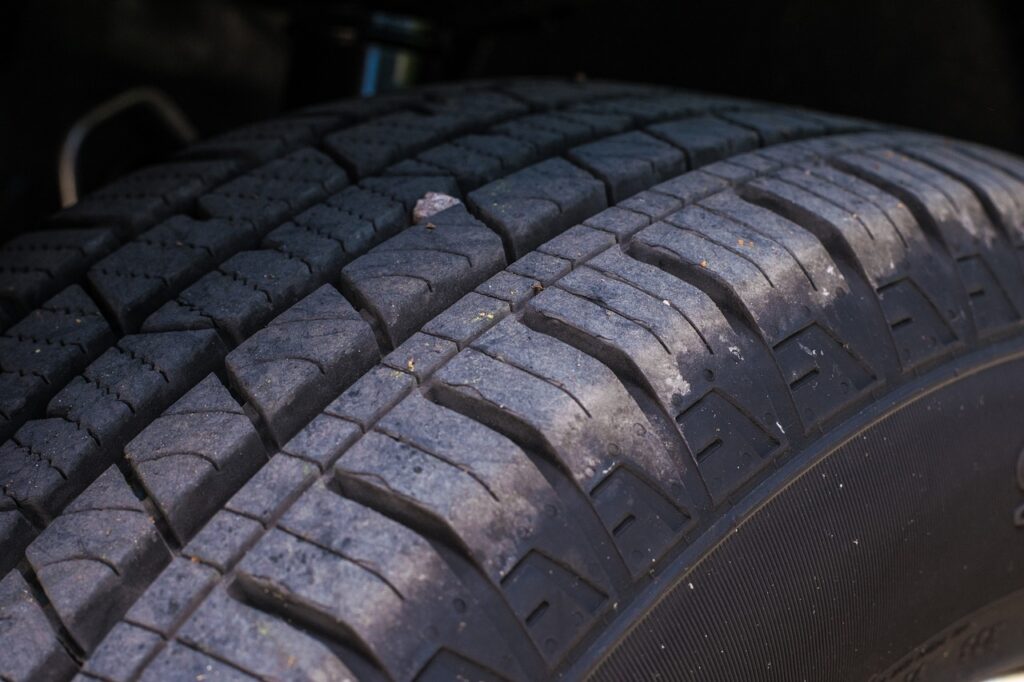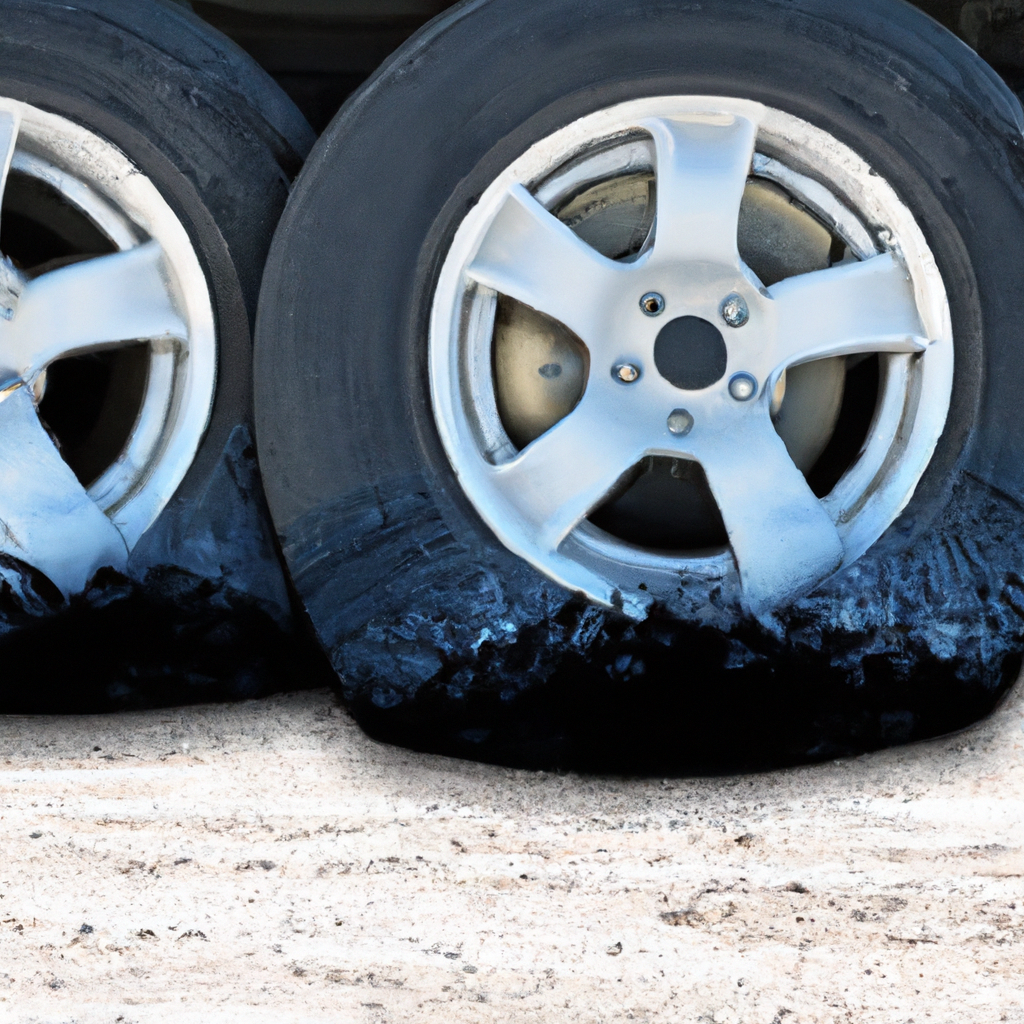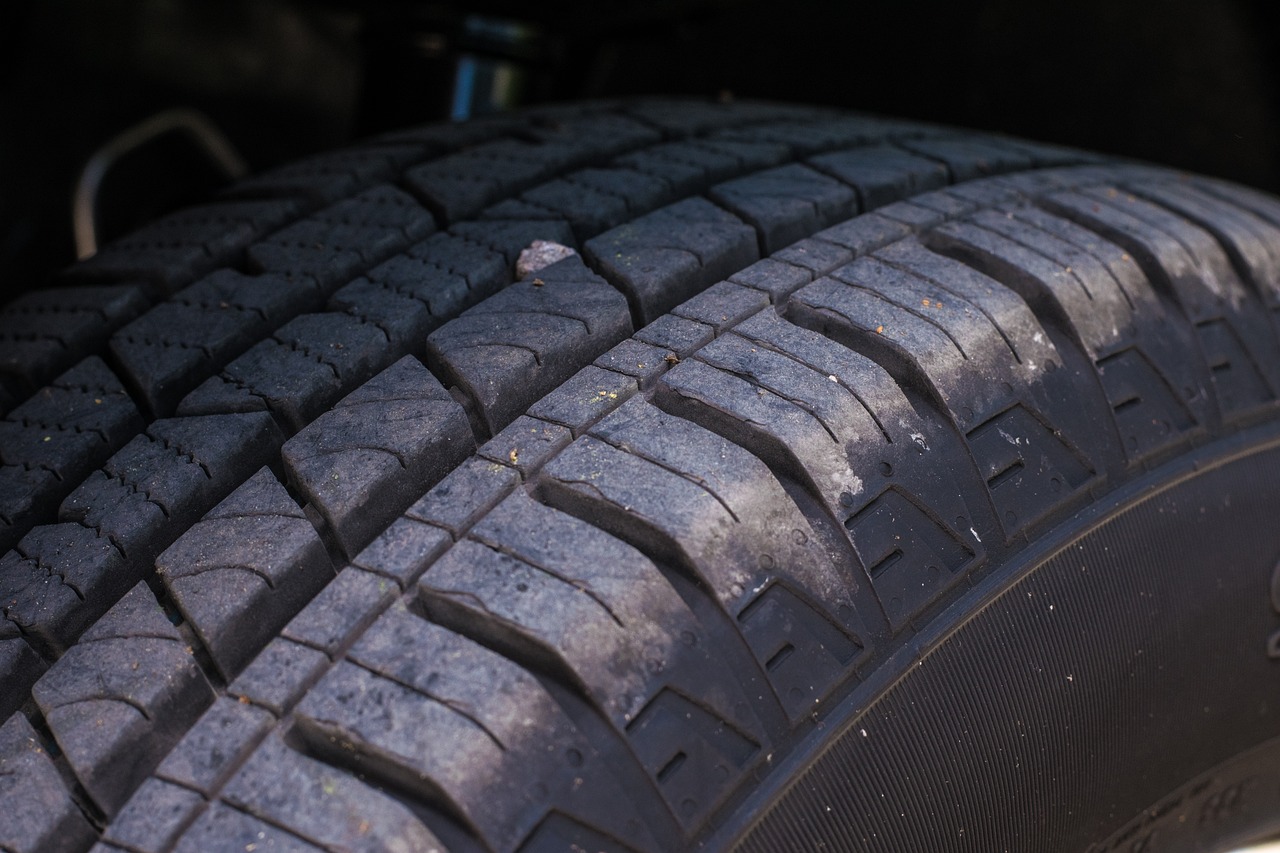Imagine driving on a winter afternoon, and the temperature suddenly drops, causing the pavement to become icy and slippery. As you navigate your way through the treacherous roads, have you ever wondered how your run-flat tires are coping with these sudden temperature changes? Run-flat tires are designed to provide continued mobility even when punctured, but how do they handle the challenging conditions that abrupt temperature fluctuations bring? In this article, we will explore the fascinating world of run-flat tires and discover how they navigate sudden temperature changes with ease and efficiency.

The Effects of Temperature Changes on Run-flat Tires
Understanding the Impact of Temperature on Run-flat Tires
When it comes to run-flat tires, understanding the impact of temperature changes is crucial to maintaining their performance and ensuring your safety on the road. Temperature variations can significantly affect the behavior and functionality of run-flat tires, both in terms of their inner and outer surfaces.
1.1 Inner Tire Temperature Changes
The inner temperature of run-flat tires can be influenced by external factors such as the terrain, driving speed, and weather conditions. Increased ambient temperatures can lead to a rise in the inner tire temperature, affecting the tire’s pressure and overall performance. On the other hand, cold temperatures can cause a decrease in tire pressure, reducing the tire’s grip and stability.
1.2 Outer Tire Temperature Changes
The outer temperature of run-flat tires refers to the surface that comes into direct contact with the road. This area is influenced by factors such as friction, speed, and the heat generated during driving. High temperatures can cause the outer surface of the tire to expand, potentially leading to increased tire pressure and reduced contact area with the road. Conversely, in cold temperatures, the outer surface can become stiff, resulting in decreased traction and handling capabilities.
Mechanics of Run-flat Tires
Examining the Design and Composition of Run-flat Tires
Run-flat tires are specially designed to withstand deflation and allow safe driving for a limited distance, even after a puncture or loss of tire pressure. This innovative design involves several key elements that contribute to their unique performance.
2.1 Reinforced Sidewalls and Heat Resistance
One fundamental aspect of run-flat tire design is the presence of reinforced sidewalls. These sidewalls are constructed using strong and durable materials, such as rubber compounds and steel belts. The reinforcement ensures that the tire can bear the weight of the vehicle, even when it is running under low or no inflation pressure.
Additionally, run-flat tires are designed to withstand heat buildup caused by extended driving. The materials used in their construction are chosen for their heat-resistant properties, allowing them to dissipate heat more effectively and maintain their integrity even in high-temperature conditions.
2.2 Increased Stiffness and Grip
To compensate for the loss of air pressure, run-flat tires are typically designed with increased stiffness compared to regular tires. This increased stiffness provides better handling and stability, allowing drivers to maintain control of the vehicle even when a puncture occurs. Furthermore, run-flat tires feature specialized tread patterns and compounds that enhance their grip on the road, providing improved traction in both dry and wet conditions.
Performance in Cold Temperatures
Analyzing the Behavior of Run-flat Tires in Cold Weather
Cold temperatures can significantly impact the performance of run-flat tires, affecting various aspects of their functionality. Understanding these effects is crucial for drivers to adapt their driving style and ensure optimal tire performance in cold weather conditions.
3.1 Reduced Tire Pressure and Stiffness
One of the primary concerns with run-flat tires in cold temperatures is the reduction in tire pressure. As temperatures plummet, the air trapped inside the tire contracts, leading to a decrease in tire pressure. This reduction can affect the tire’s overall stiffness, resulting in a compromised grip and stability while driving. It is essential to regularly monitor and adjust the tire pressure accordingly during colder months to maintain optimal performance.
3.2 Effects on Traction and Handling
Cold weather can also impact the traction and handling capabilities of run-flat tires. Reduced tire pressure and stiffness can result in decreased grip on slippery or icy surfaces, compromising the tire’s ability to maintain traction and control. Drivers should exercise caution and adjust their driving style accordingly to account for these changes in tire behavior.
Performance in Hot Temperatures
Evaluating the Performance of Run-flat Tires in Hot Conditions
Just as cold temperatures can affect run-flat tires, hot temperatures can also have significant implications on their performance. Understanding how run-flat tires respond to high temperatures is vital for drivers to ensure optimal performance and avoid potential issues on the road.
4.1 Increased Tire Pressure and Heat Build-up
Hot weather can cause run-flat tires to experience increased tire pressure due to the expansion of the air inside the tire. This increased pressure may lead to reduced contact area with the road surface, affecting traction and handling. Additionally, prolonged driving in hot conditions can result in heat build-up within the tire, potentially compromising its structural integrity. Regular monitoring of tire pressure and avoiding excessive driving in extreme heat can help mitigate these issues.
4.2 Effects on Durability and Grip
The durability and grip of run-flat tires can also be affected by hot temperatures. Extended exposure to high heat can cause the tire’s rubber compound to degrade, reducing its overall lifespan. Additionally, hot weather can result in a decrease in tire grip, especially on surfaces with lower friction. Drivers should be mindful of this and adjust their driving style accordingly to ensure optimal control and safety.

Impact of Rapid Temperature Changes
Investigating the Response of Run-flat Tires to Sudden Temperature Shifts
Sudden temperature changes can pose unique challenges for run-flat tires, necessitating a closer examination of their response and behavior. Rapid cooling or heating can have distinct effects and potential consequences for these specialized tires.
5.1 Rapid Cooling and Potential Tire Failure
When run-flat tires experience a rapid decrease in temperature, especially in freezing conditions, the tire’s rubber compound can become stiff and less pliable. This stiffness can lead to reduced traction and a higher risk of tire failure, compromising the tire’s ability to handle sudden maneuvers or emergency stops. Gradual adaptation to temperature changes and avoiding rapid cooling can help mitigate these risks.
5.2 Rapid Heating and Risk of Blowouts
Conversely, rapid heating of run-flat tires can also pose a risk to their performance and safety. Excessive heat build-up, resulting from factors such as prolonged high-speed driving or extended exposure to intense sunlight, can increase the tire’s internal pressure to dangerous levels. This excessive pressure may lead to a blowout, causing a sudden loss of control and potentially hazardous situations. Drivers should be mindful of these risks and be proactive in preventing rapid and excessive heating of their run-flat tires.
Proper Maintenance for Changing Temperatures
Exploring Essential Maintenance Practices for Run-flat Tires
Maintaining run-flat tires in optimal condition requires regular and consistent maintenance, particularly when facing changing temperatures. Several essential practices can help ensure their longevity and performance.
6.1 Regular Monitoring of Tire Pressure
Monitoring tire pressure is critical, regardless of the prevailing temperature. Regularly checking and adjusting tire pressure based on manufacturer recommendations can help maintain optimal performance and mitigate issues related to temperature changes. This practice is especially crucial during extreme temperature variations to compensate for the effects on tire pressure and stiffness.
6.2 Adapting Tire Inflation to Temperature Differences
Adapting tire inflation to temperature differences is another essential maintenance practice for run-flat tires. As temperatures fluctuate, drivers should adjust the tire pressure accordingly, keeping it within the recommended range. This adjustment helps ensure proper tire contact with the road surface, maximizing grip and stability.

Tips for Handling Run-flat Tires in Temperature Changes
Guidelines to Optimize Performance and Safety of Run-flat Tires
To optimize the performance and safety of run-flat tires in the face of temperature changes, drivers can employ specific guidelines and adapt their driving style accordingly.
7.1 Gradual Adaptation to Temperature Variations
One important tip is to allow for gradual adaptation to temperature variations. Run-flat tires perform best when they have had time to acclimate to the prevailing temperature. This means avoiding sudden and extreme changes, such as exposing the tires to rapid cooling or heating. Gradual alterations in temperature allow the tires to reach their optimal level of flexibility and grip.
7.2 Adjusting Driving Style to Compensate for Tire Behavior
Another valuable tip is to adjust your driving style to compensate for any changes in tire behavior due to temperature fluctuations. In colder temperatures, for example, it is important to drive cautiously and adjust your speed to accommodate reduced tire grip. In hotter temperatures, you should also be mindful of potential increases in tire pressure and adjust your driving style to avoid excessive heat build-up.
Conclusion
In conclusion, temperature changes can have a profound impact on the behavior and performance of run-flat tires. Understanding the effects of temperature on these specialized tires and implementing proper maintenance practices is vital for optimizing their performance, longevity, and most importantly, your safety on the road. Regular monitoring of tire pressure, gradual adaptation to temperature variations, and adjusting your driving style can all contribute to ensuring optimal performance and safety when using run-flat tires in temperature changes. Remember, a well-maintained and properly handled run-flat tire will provide reliability and peace of mind in any weather condition.


